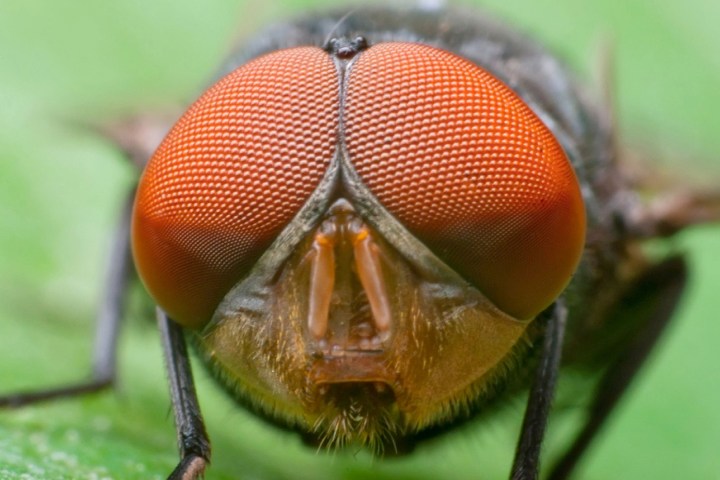
Their work involves replicating the compound eye of an insect by packing multiple tiny solar cells, made of a photovoltaic material called perovskite, together in a hexagonal scaffold. Packing them together in this way makes them more durable when the cells come into contact with heat, moisture, or mechanical stress.
These are things that regular solar panels are able to deal with without incident. However, perovskite is an extremely sensitive material that’s liable to break extremely easily. By using a dense honeycomb pattern, that effect is mitigated. It also means that, should one segment of the solar cell break, hundreds more will still operate.
In tests, the researchers found that their material could survive temperatures of 185 Fahrenheit and relative humidity of 85 percent for a period of six weeks, without any negative effects.
The reason why perovskite is a desirable material to use, despite its weakness, is that it is cheap and easy to produce, while its efficiency has greatly improved over the eight years since it was introduced. “We got nearly the same power-conversion efficiencies out of each little perovskite cell that we would get from a planar solar cell,” said Reinhold Dauskardt, professor of materials science and engineering at Stanford, and senior author of the study. “So we achieved a huge increase in fracture resistance with no penalty for efficiency.”
We’ll have to wait and see if this solar cell concept catches on, but it’s certainly an intriguing proof of concept. Between this and other similarly intriguing “invisible” solar panel projects, there’s certainly no shortage of innovative work being done in the photovoltaics field right now.
A research paper describing this project was recently published in the journal Energy & Environmental Science.
Editors' Recommendations
- High temperatures and a diamond anvil could lead to a solar cell breakthrough
- No more panels? A.I. helps create sprayable solar cells that can be painted on



